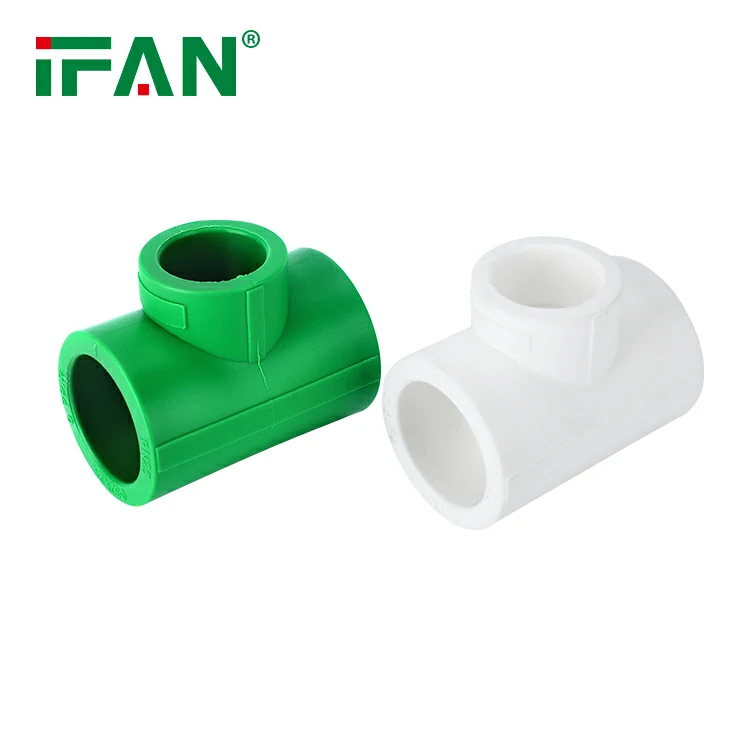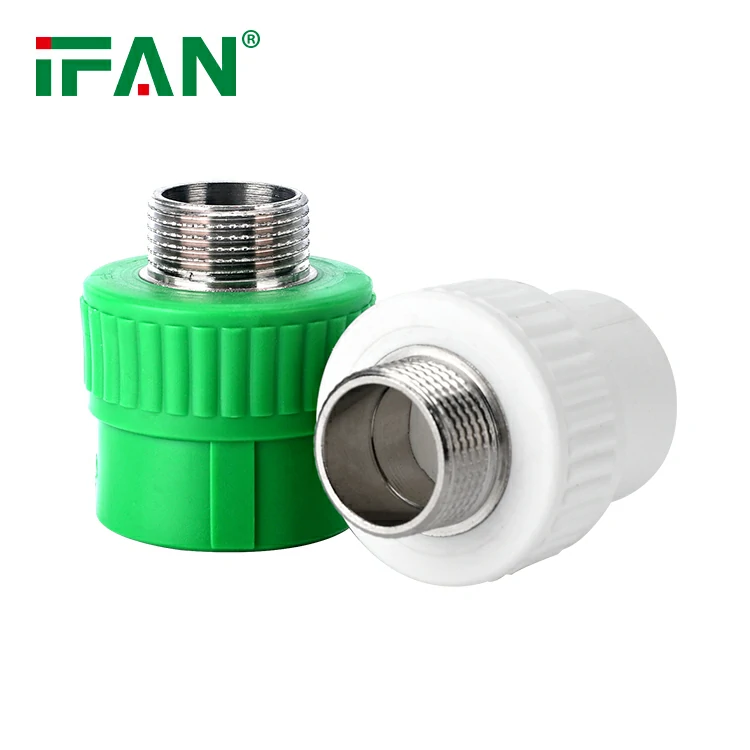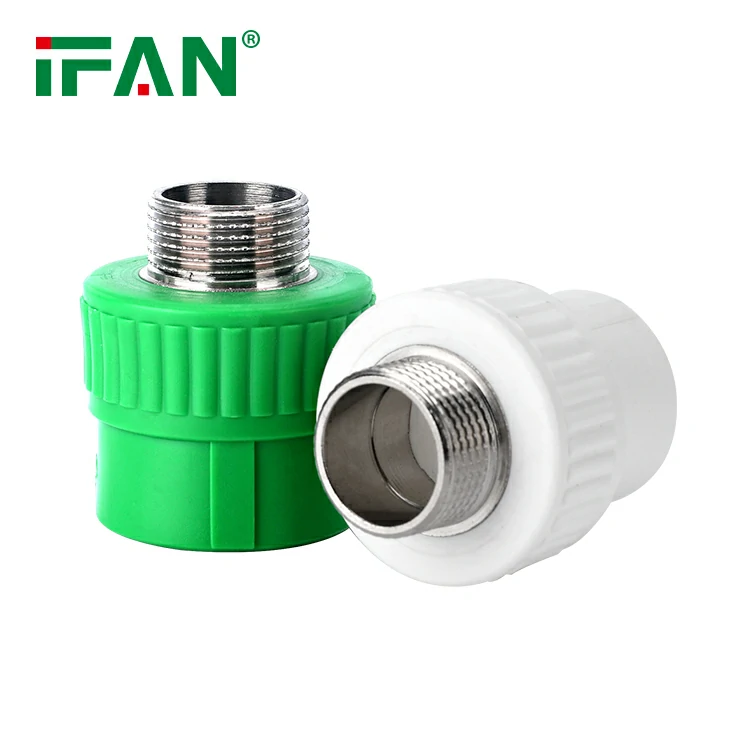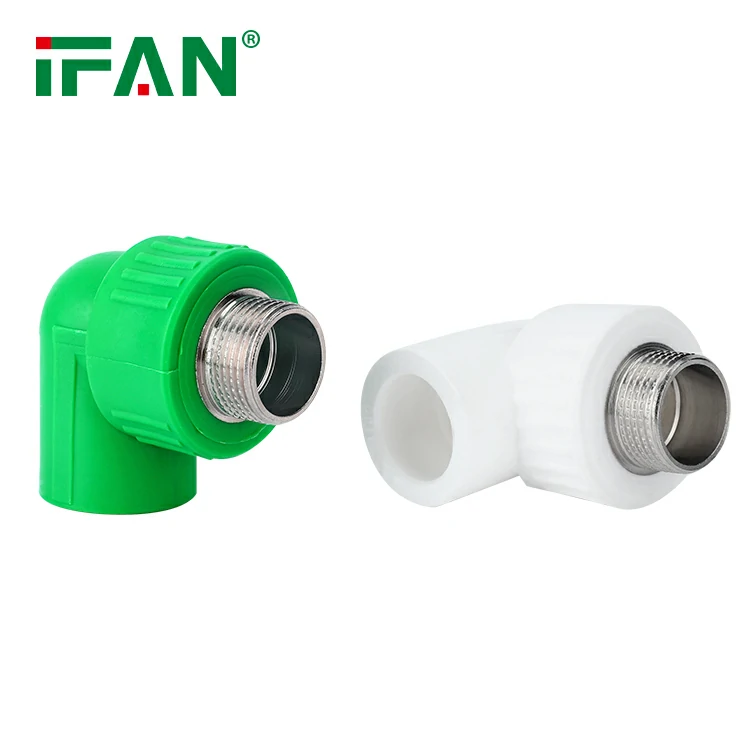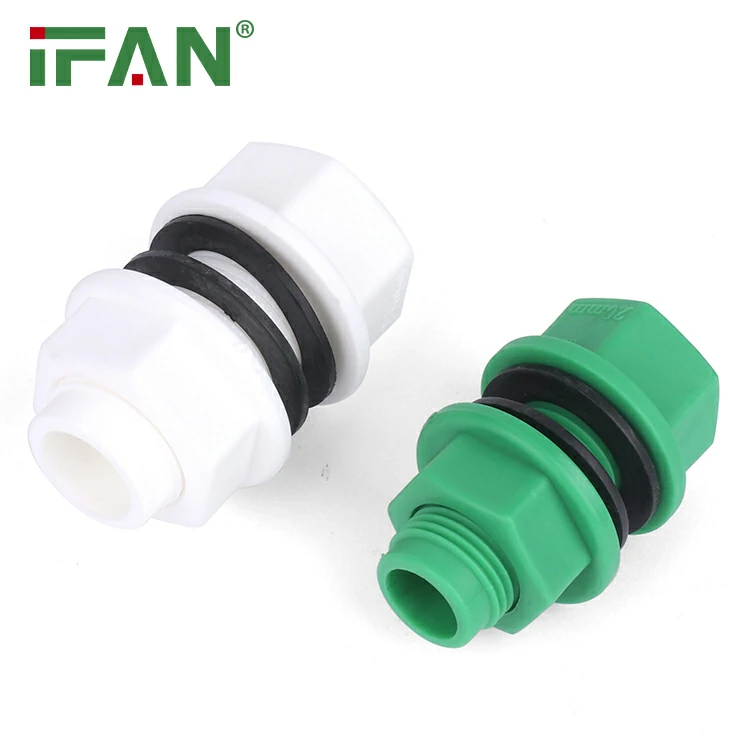IFAN factory 30+ years manufacture experience support color /size customization support free sample.Welcome to consult for catalog and free samples.This is our Facebook Website:www.facebook.com,Click to watch IFAN’s product video.Compared with Tomex products, our IFAN products from quality to price are your best choice, welcome to buy!
Introduction to PEX Sliding Fittings
PEX sliding fittings are pivotal components in contemporary plumbing systems, offering remarkable flexibility and ease of installation. These fittings utilize a sliding mechanism that simplifies the connection and disconnection of PEX pipes, which makes them a preferred choice for many plumbing professionals. This guide delves into the essentials of installing PEX sliding fittings, focusing on preparation, installation techniques, troubleshooting common issues, and maintenance practices.
Preparation and Planning
Before beginning the installation of PEX sliding fittings, it’s crucial to prepare and plan accordingly. Start by gathering all necessary tools and materials, including PEX pipes, sliding fittings, pipe cutters, and a deburring tool. Ensure that the PEX pipes are cut squarely and free from burrs, as uneven cuts can affect the fitting’s performance. Plan the layout of the plumbing system and determine the optimal locations for fittings to minimize the number of connections and potential leak points. Proper planning also involves ensuring that the PEX pipe is adequately supported and aligned to prevent strain on the fittings.
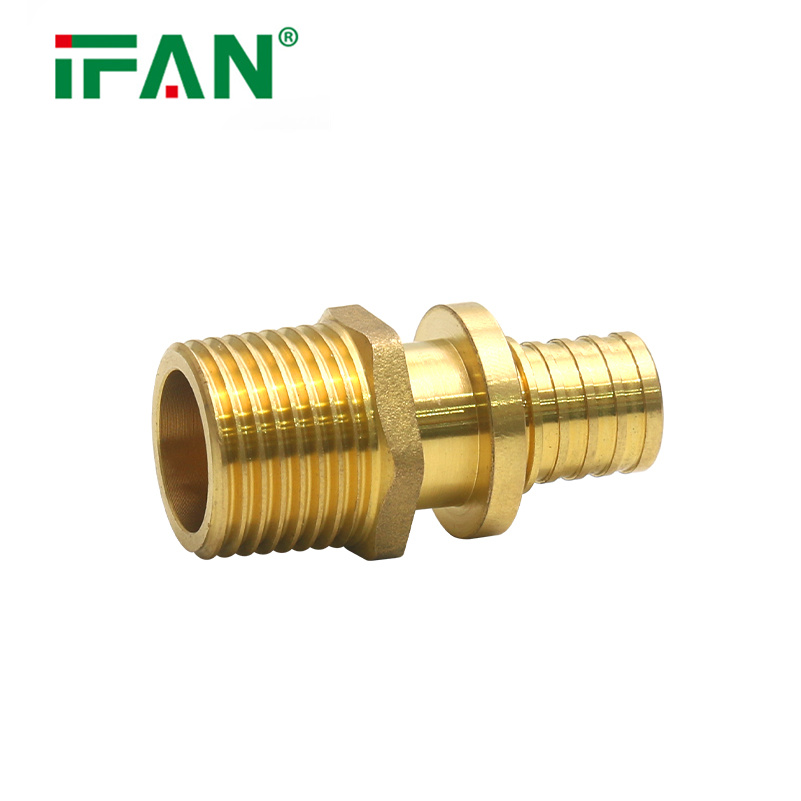
Installation Techniques
Proper installation of PEX sliding fittings requires careful attention to detail. Begin by sliding the fitting onto the PEX pipe, ensuring that the pipe is fully inserted into the fitting to achieve a secure connection. Depending on the fitting design, you may need to use a crimping tool or a clamp to secure the fitting in place. For fittings with integrated seals, ensure that the O-rings are correctly seated to prevent leaks. It is essential to follow the manufacturer’s instructions regarding installation procedures and specifications to achieve optimal results and maintain system integrity.
Troubleshooting Common Issues
During and after installation, troubleshooting common issues with PEX sliding fittings is crucial for ensuring system reliability. Leaks are a frequent problem, often caused by improper installation or damaged seals. To address leaks, check that the fitting is correctly seated and the seals are intact. If sliding or connecting difficulties occur, inspect the fitting and pipe for debris or alignment issues. Ensure that the pipe is cut squarely and free from any obstructions. Addressing these issues promptly can prevent more significant plumbing problems and ensure the longevity of the system.
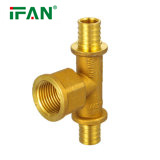
Maintenance and Best Practices
Maintaining PEX sliding fittings involves regular inspections and adherence to best practices to extend their lifespan and prevent issues. Periodically check the fittings for signs of wear, such as cracks or corrosion, and replace any damaged components promptly. Ensure that the system operates within the recommended pressure limits and avoid exposing the fittings to harsh chemicals that could degrade the material. Properly support and align PEX pipes to reduce strain on the fittings. By following these maintenance practices and conducting routine inspections, you can ensure the continued reliability and performance of your PEX plumbing system.
Conclusion
PEX sliding fittings are a versatile and efficient choice for modern plumbing systems, offering ease of installation and flexibility. By understanding the preparation, installation techniques, troubleshooting methods, and maintenance practices, plumbing professionals can effectively manage PEX sliding fittings and maintain a reliable plumbing system. Proper planning and adherence to best practices are key to achieving optimal performance and longevity of PEX fittings, ultimately ensuring a successful and trouble-free plumbing experience.

